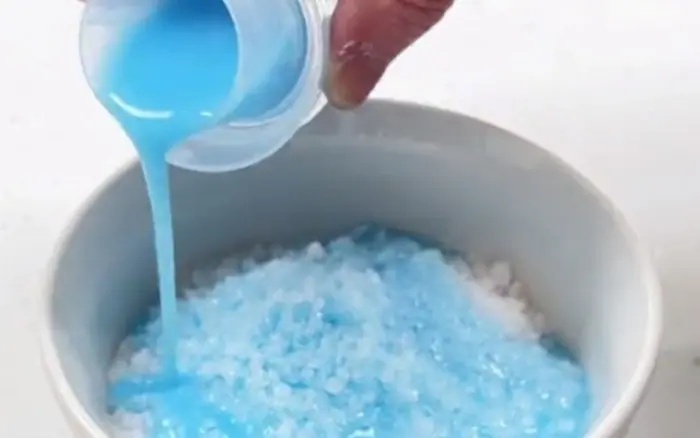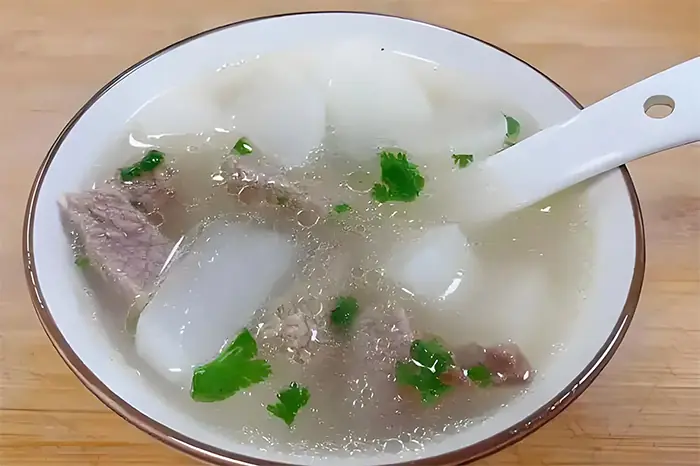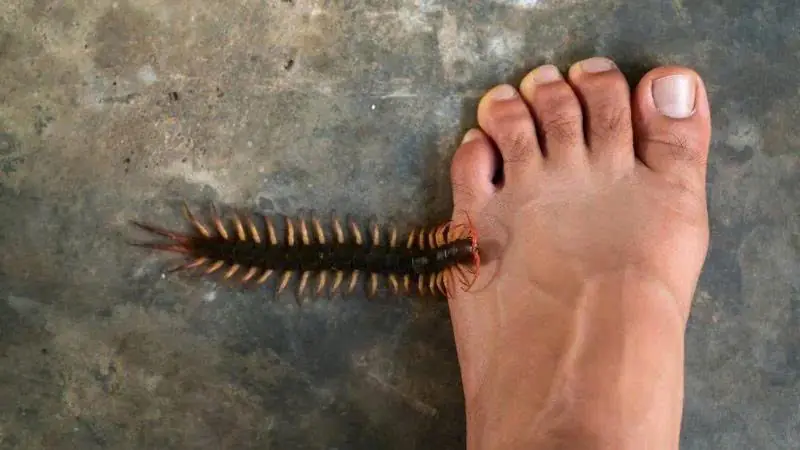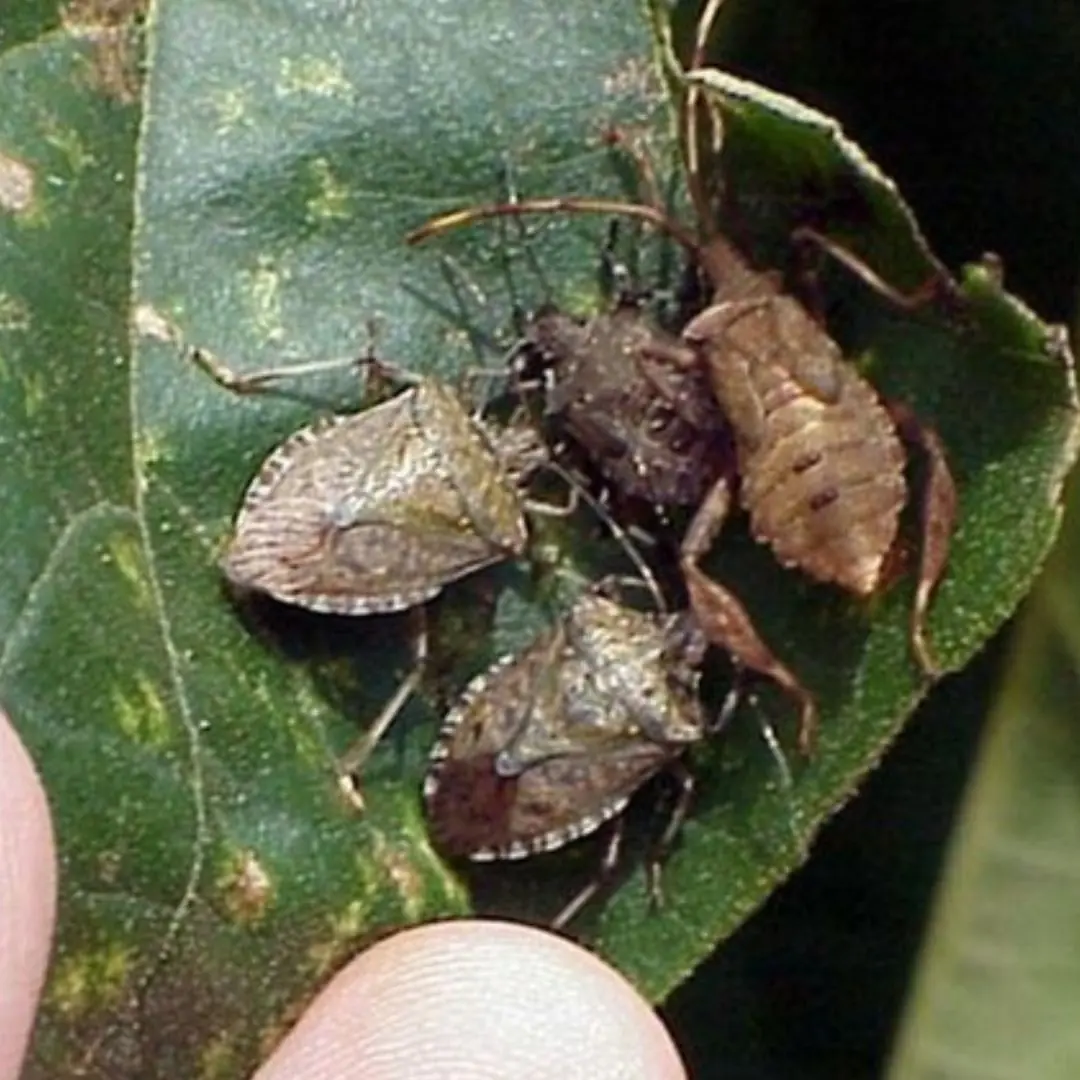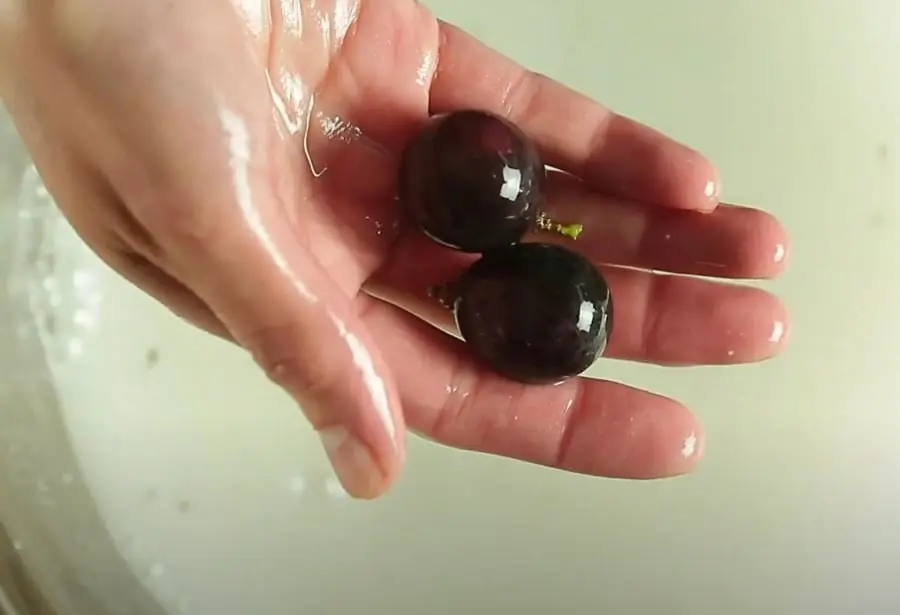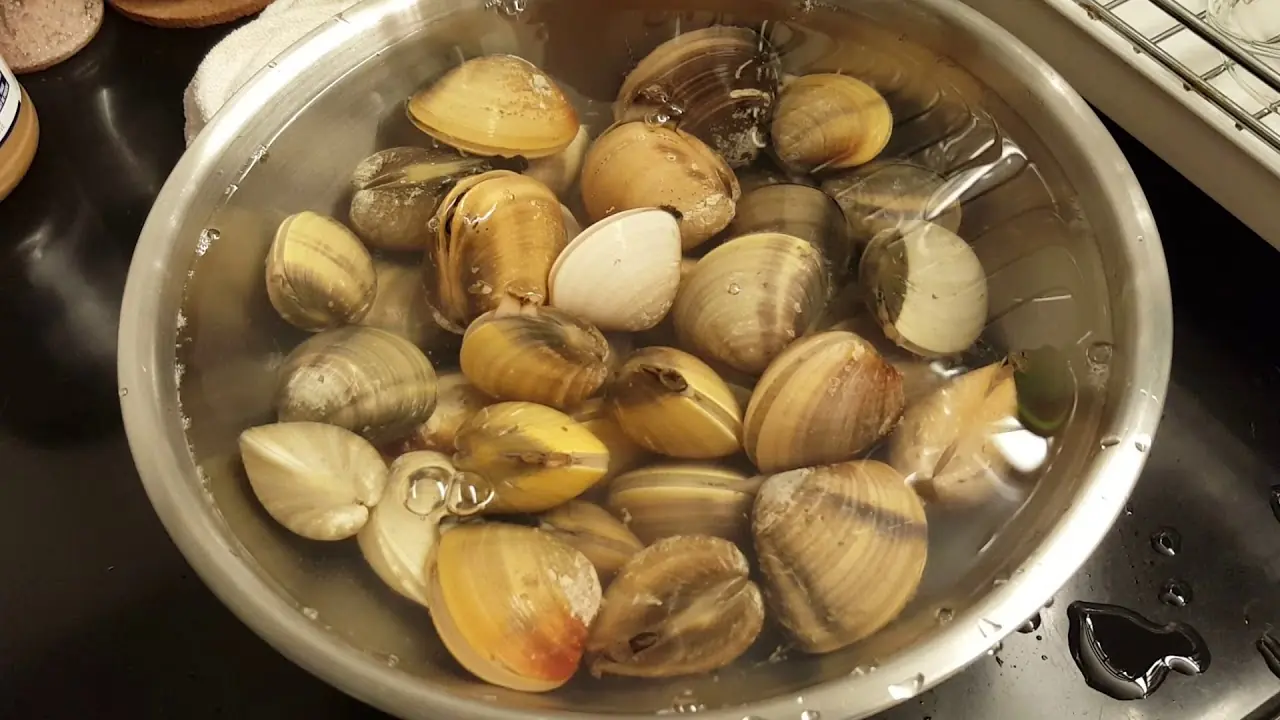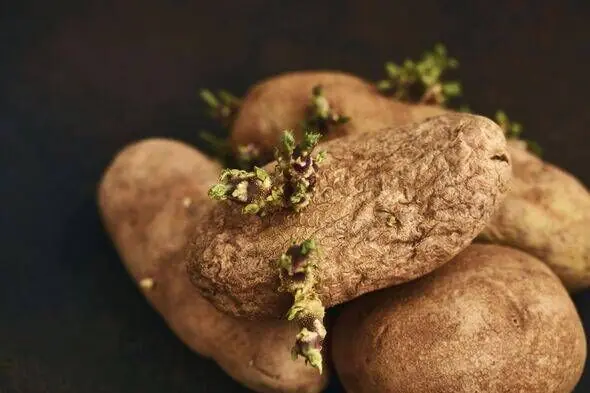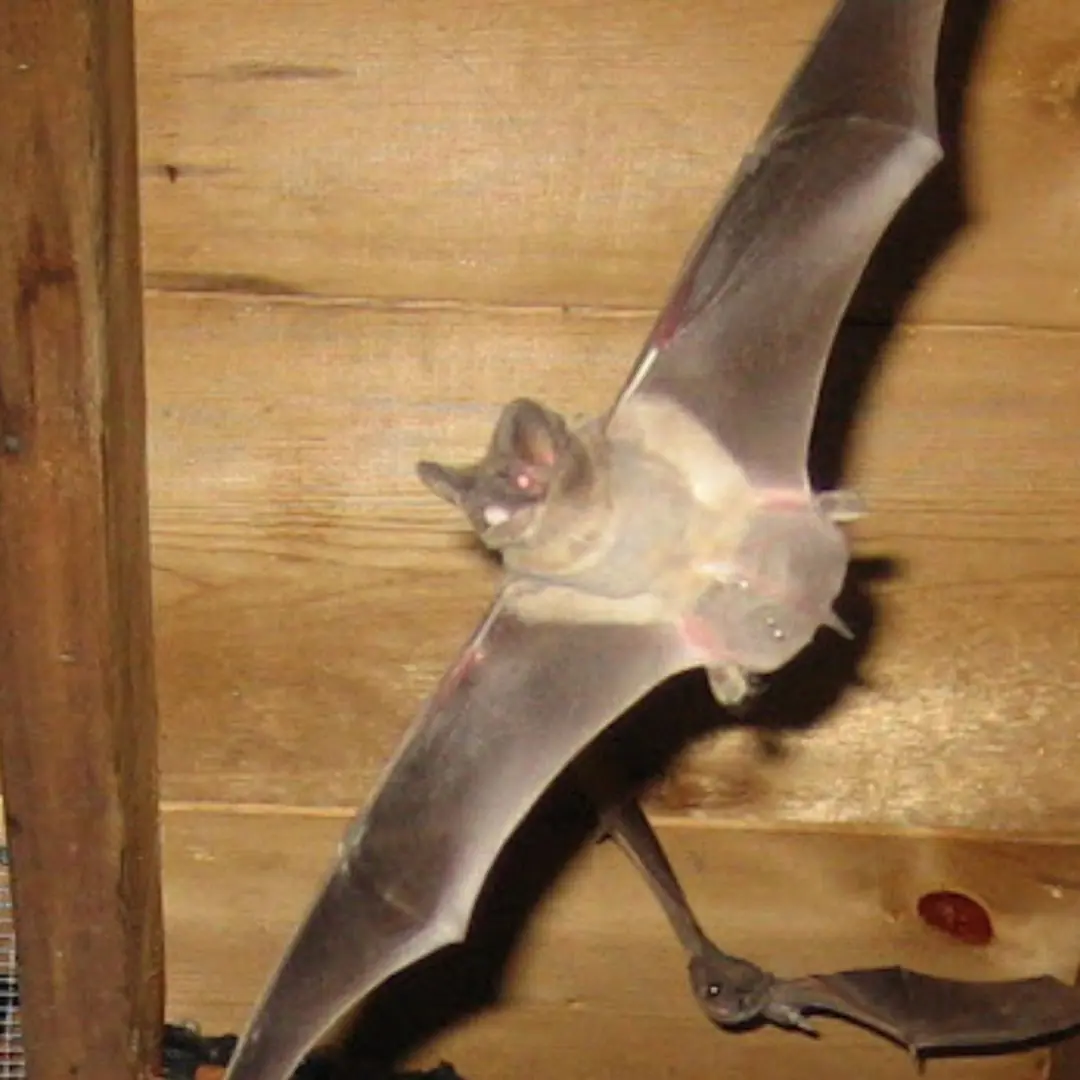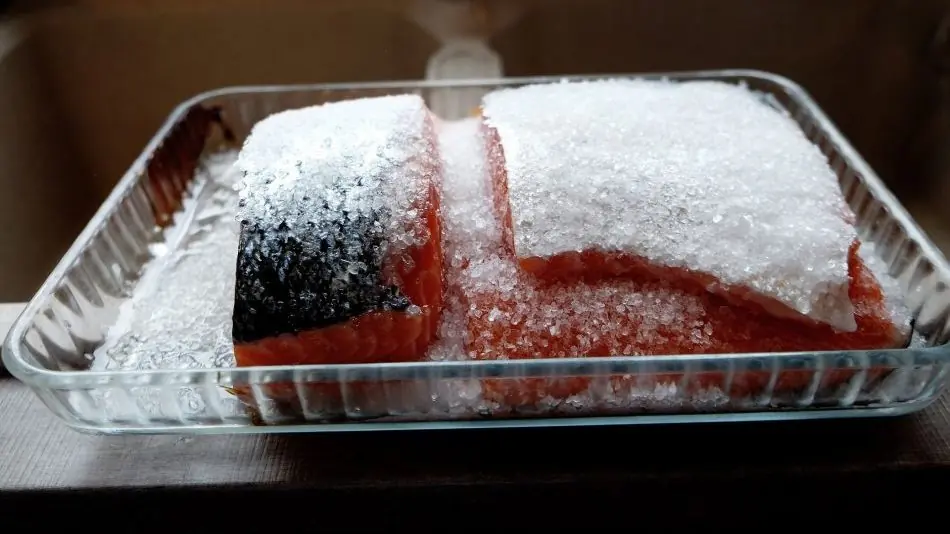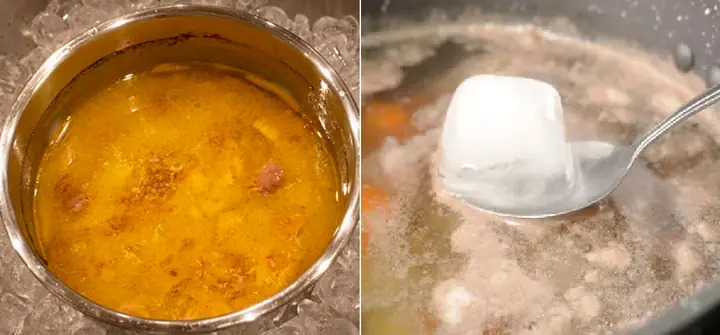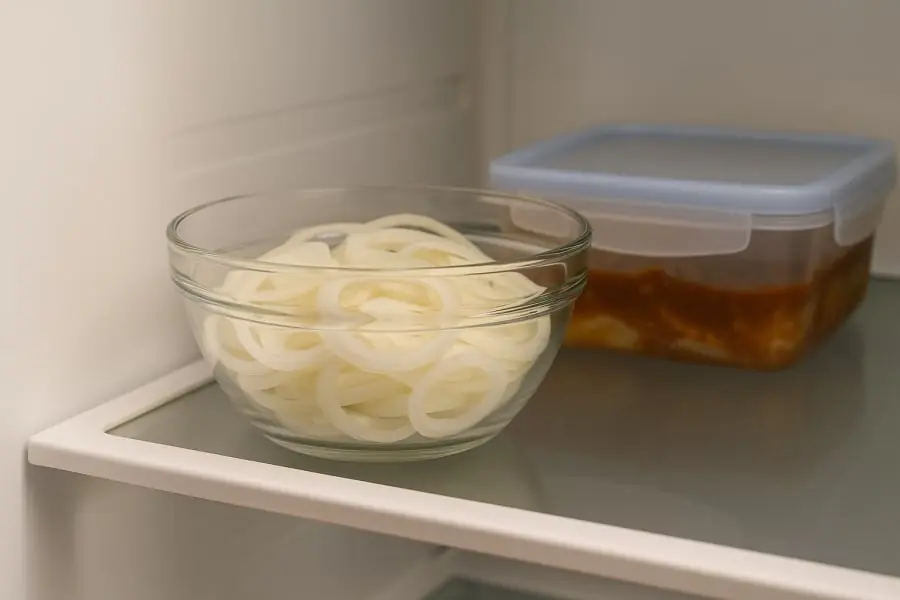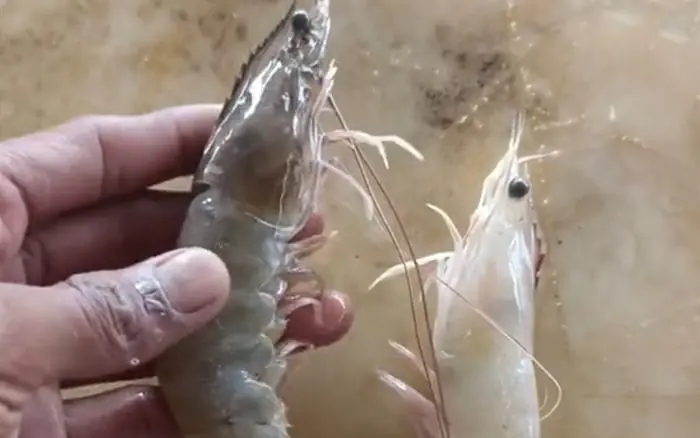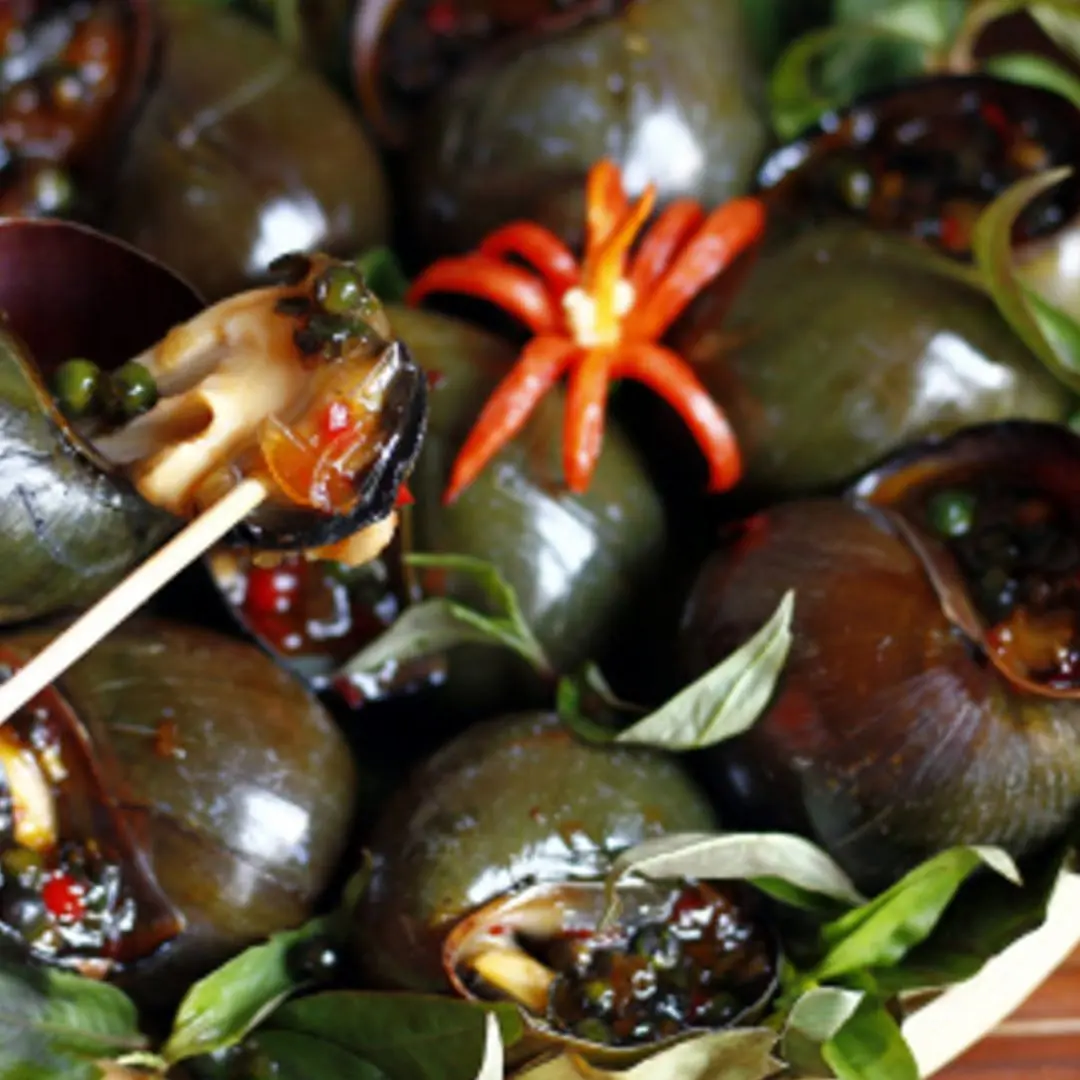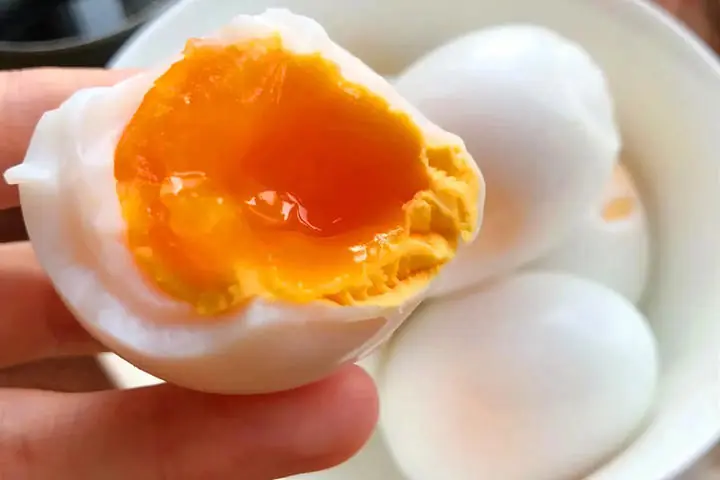
Snakes are creatures that many people fear, especially when they appear around or inside their homes. Some plants we commonly grow in our gardens or homes can actually attract snakes, without us even realizing it. Although these plants may bring beauty, fragrance, or useful purposes, if you don't want snakes invading your space, you should reconsider growing them. Here are 8 types of plants that could attract snakes to your home.
1. Pineapple Sage
Pineapple sage is a common ornamental plant, known for its vibrant green leaves and red flowers. While it’s often used to attract beneficial insects to the garden, it can also draw in snakes. Some species of snakes, like cobras, are attracted to the scent of this plant, especially when they are searching for food or a place to hide. Be careful when planting this in your yard, especially near areas where snakes may roam.
2. Rosemary
Rosemary is an aromatic herb used in cooking, with a pleasant fragrance and various uses. However, rosemary can attract snakes, particularly non-venomous ones. It’s grown in warm areas and thrives in dry conditions, which snakes find appealing. So, if you grow rosemary near your home or garden, make sure to check regularly for any unwelcome visitors.
3. Mint
Mint is a plant often grown for its pleasant fragrance and as an insect repellent. Unfortunately, it also has the potential to attract snakes. The strong scent of mint can catch the attention of snakes looking for shelter or food. While mint has many benefits, it can become a natural lure for these reptiles, especially if planted near entryways or areas with poor lighting.
4. Jackfruit Tree
Though the jackfruit tree provides delicious fruit, it can attract snakes, particularly because of the ample food it provides. Snakes often come around fruit trees looking for rodents, bats, and other small animals that tend to frequent the area. If you grow jackfruit trees in your yard, it’s important to regularly monitor the area for any potential snake sightings.
5. Coconut Tree
Coconut trees are common in tropical areas and are often used for shade or as decorative elements in gardens. However, coconut trees also provide a sheltered space for snakes to hide. They can nest in the tree's dense foliage and find cool spots to rest. While coconuts may add beauty to your landscape, they may also encourage snakes to settle near your home.
6. Wormwood
Wormwood is typically used to repel insects and has medicinal properties. However, it also has a hidden downside: it can attract snakes. These reptiles are often drawn to places where they can hide and find food, and wormwood creates the perfect habitat for them. If you have this plant in your garden, it's worth considering whether it's really necessary.
7. Philodendron (Heartleaf Plant)
Philodendron is a popular houseplant, but it can become a haven for snakes. These plants often grow in areas that are damp and shaded, which are ideal environments for snakes to hide and thrive. Though not poisonous, philodendron can attract snakes due to its shady and moist surroundings. If you have this plant inside your home or garden, it’s essential to keep an eye on it to prevent unwanted visitors.
8. Areca Palm Tree
Areca palm trees, popular in tropical gardens, also have the potential to draw snakes. The wide, expansive leaves of the palm create a dense and shaded environment, which can attract snakes searching for shelter. The humid environment also invites these reptiles to stay hidden from predators. If you have an areca palm in your garden, be mindful of its potential to attract snakes.
How to Prevent Snakes from Entering Your Home
Although certain plants can attract snakes, there’s no need to get rid of them completely. However, to reduce the risk of snakes entering your living space, consider the following preventive measures:
1. Keep Your Yard Clean and Well-Ventilated
Snakes tend to prefer damp, shaded places. To minimize the risk of attracting snakes, maintain a clean and well-ventilated yard. Remove any fallen leaves, debris, or overgrown vegetation that could become hiding spots for snakes.
2. Plant Snake-Repellent Plants
Consider replacing snake-attracting plants with ones that repel them. Plants such as marigolds, lavender, and lemongrass can deter snakes from entering your yard while still adding beauty and fragrance.
3. Seal Gaps and Cracks in Your Home
Snakes often enter homes through small gaps in walls, windows, or doors. Make sure to seal any cracks or holes in your house’s structure to prevent snakes from slithering in.
4. Keep the Area Dry
Snakes prefer moist environments. You can reduce the chances of attracting them by keeping your home and garden dry. Use fans, dehumidifiers, and proper ventilation to keep moisture levels under control.
5. Use Natural Snake Repellents
Certain natural substances, such as clove oil, cinnamon, and garlic, can act as snake repellents. You can use these in strategic locations around your home to deter snakes from entering.
6. Lighting and Fencing
Snakes are generally more active at night. Installing proper lighting around your yard and entryways will make it less inviting to snakes. Consider using a fence with small gaps to prevent snakes from entering your property.
Conclusion
While certain plants in your garden can attract snakes, it doesn’t mean you have to get rid of all of them. By being mindful of where you plant them, and taking proactive measures such as keeping your yard clean and using snake repellents, you can prevent snakes from becoming a problem in your home. Remember, a balanced approach to gardening and property maintenance will help you keep unwanted reptiles away while still enjoying a beautiful and functional garden.
